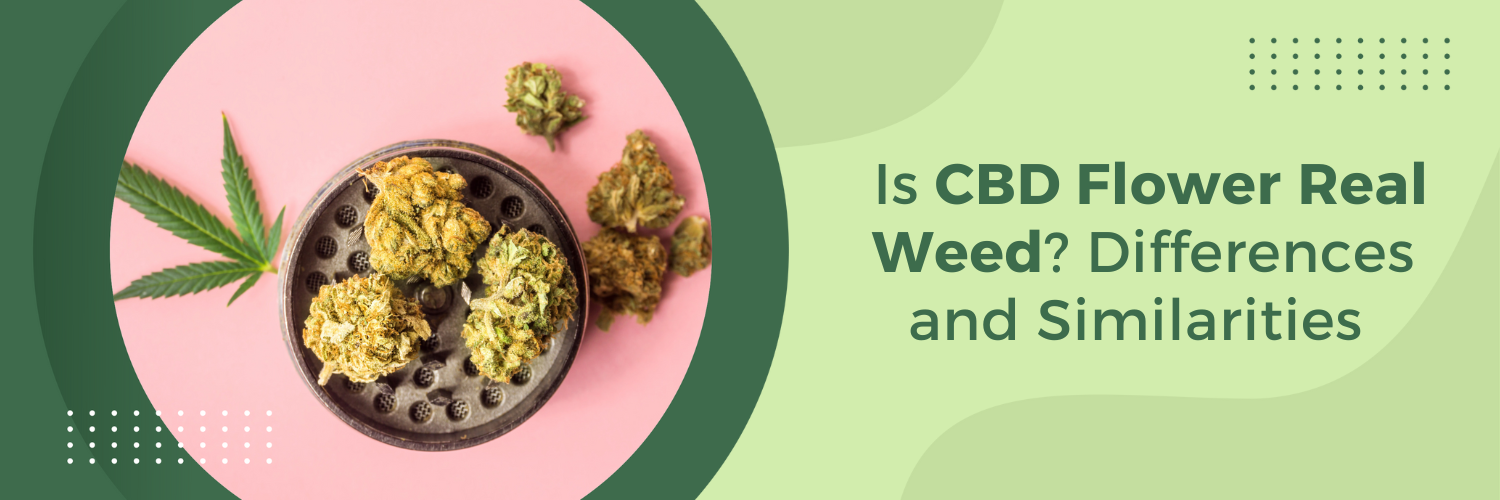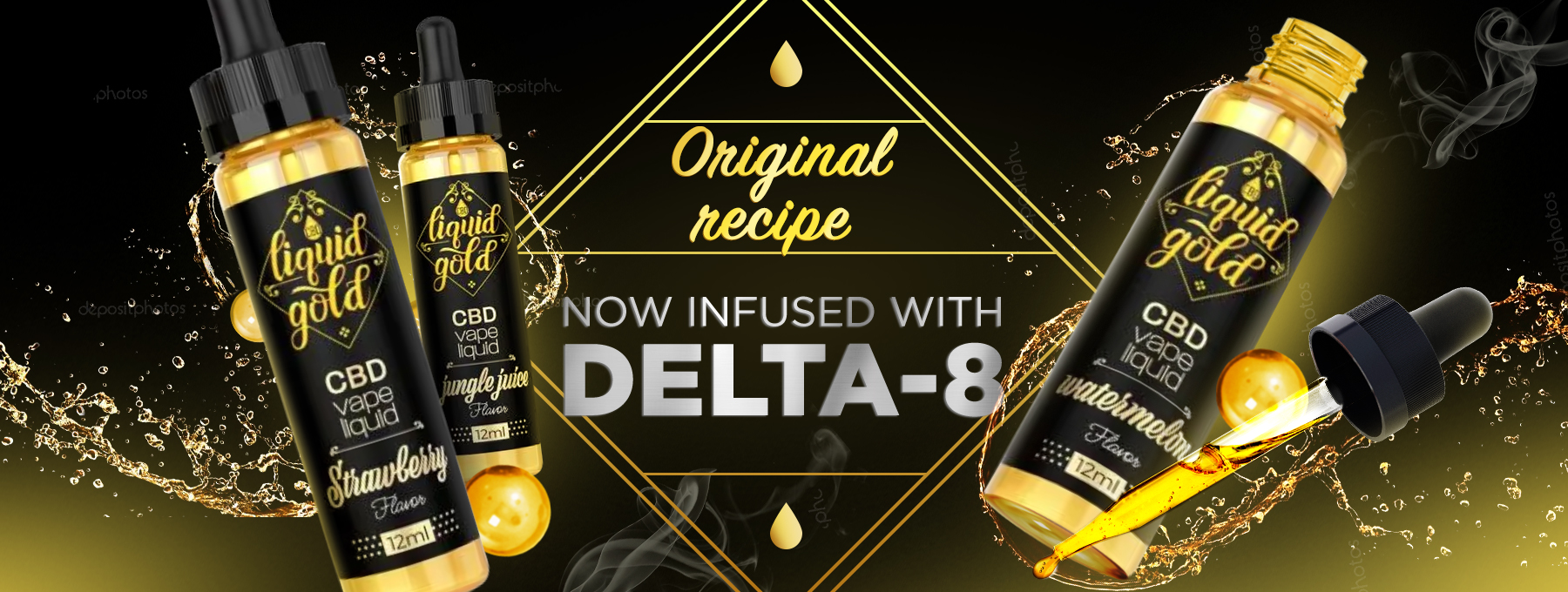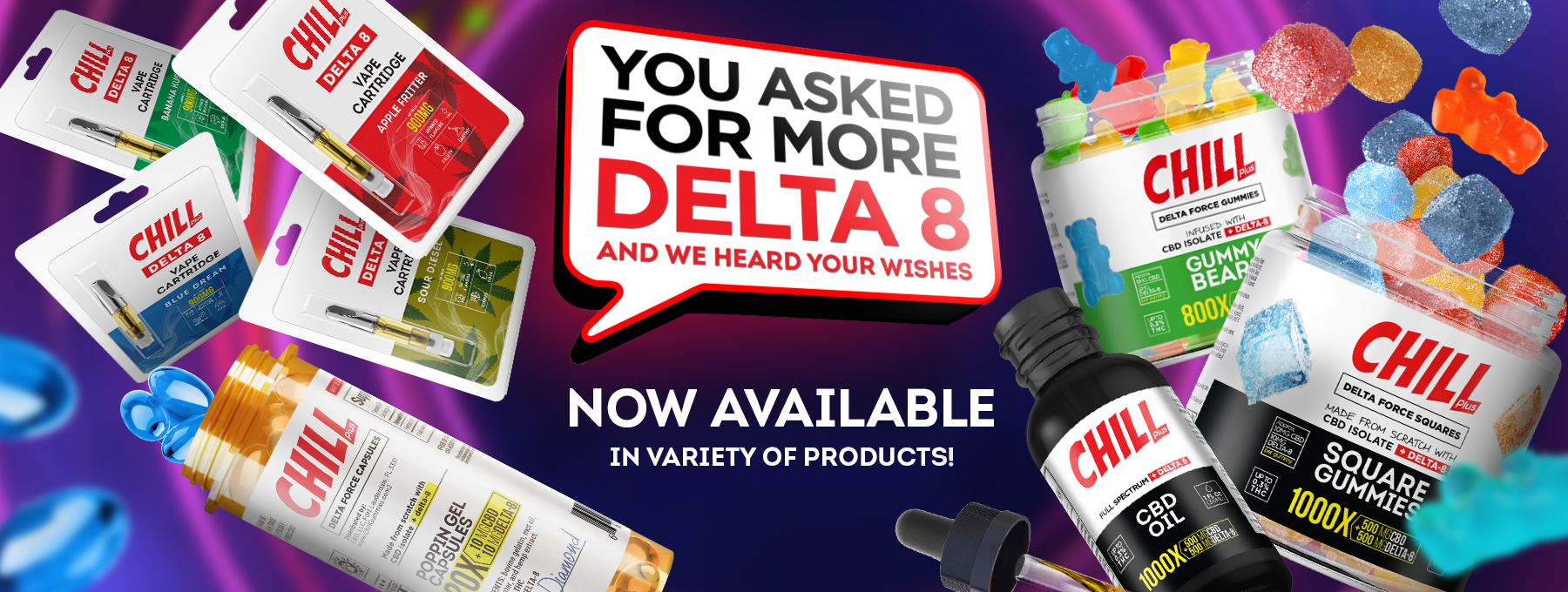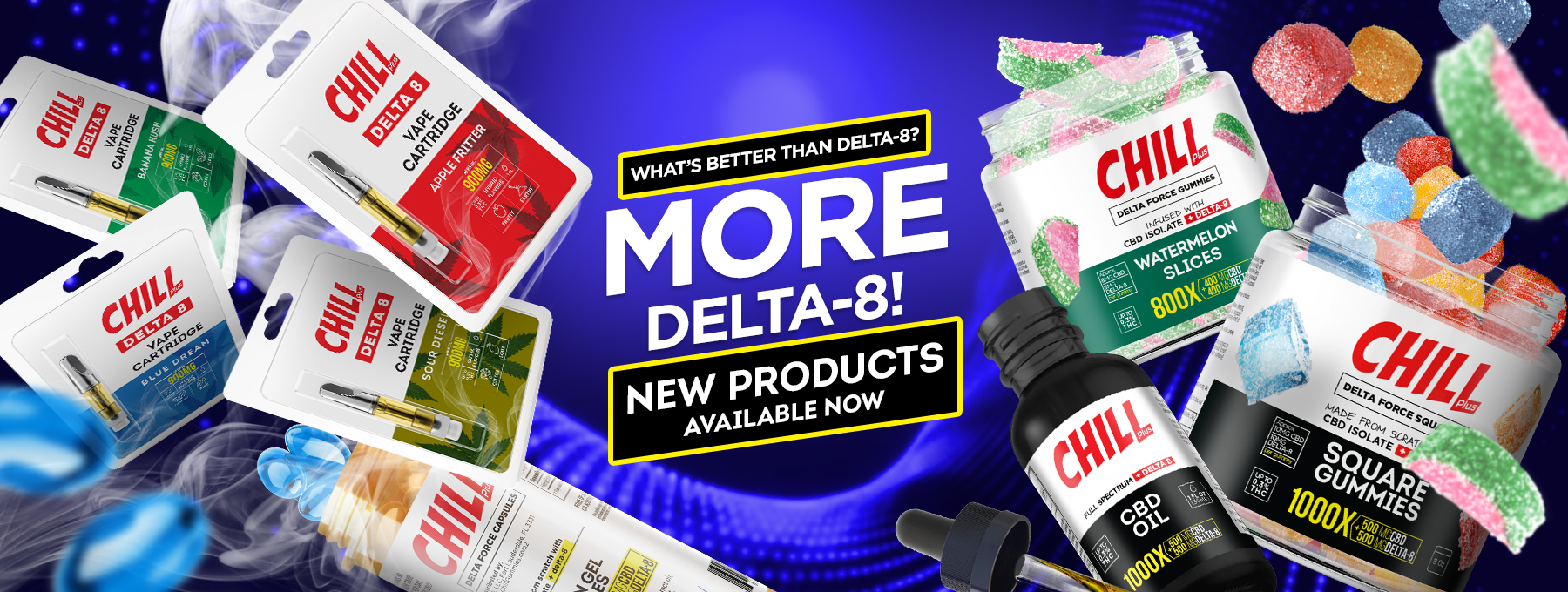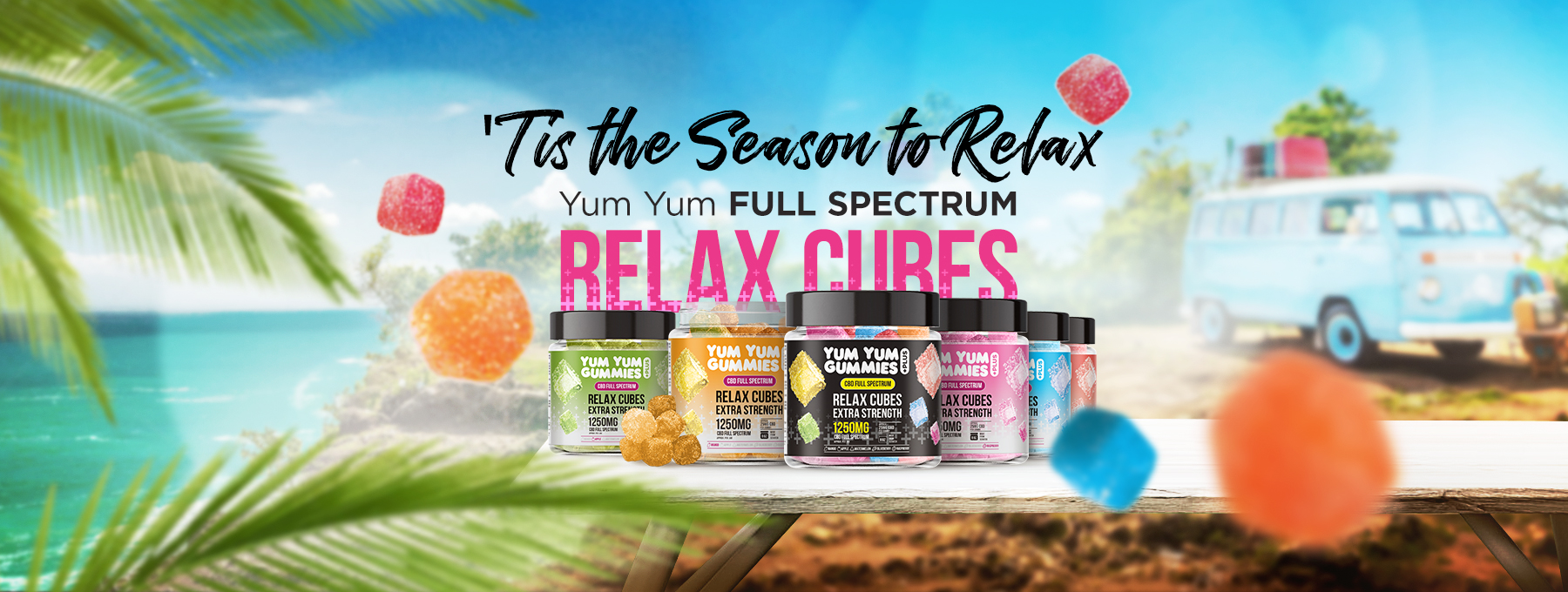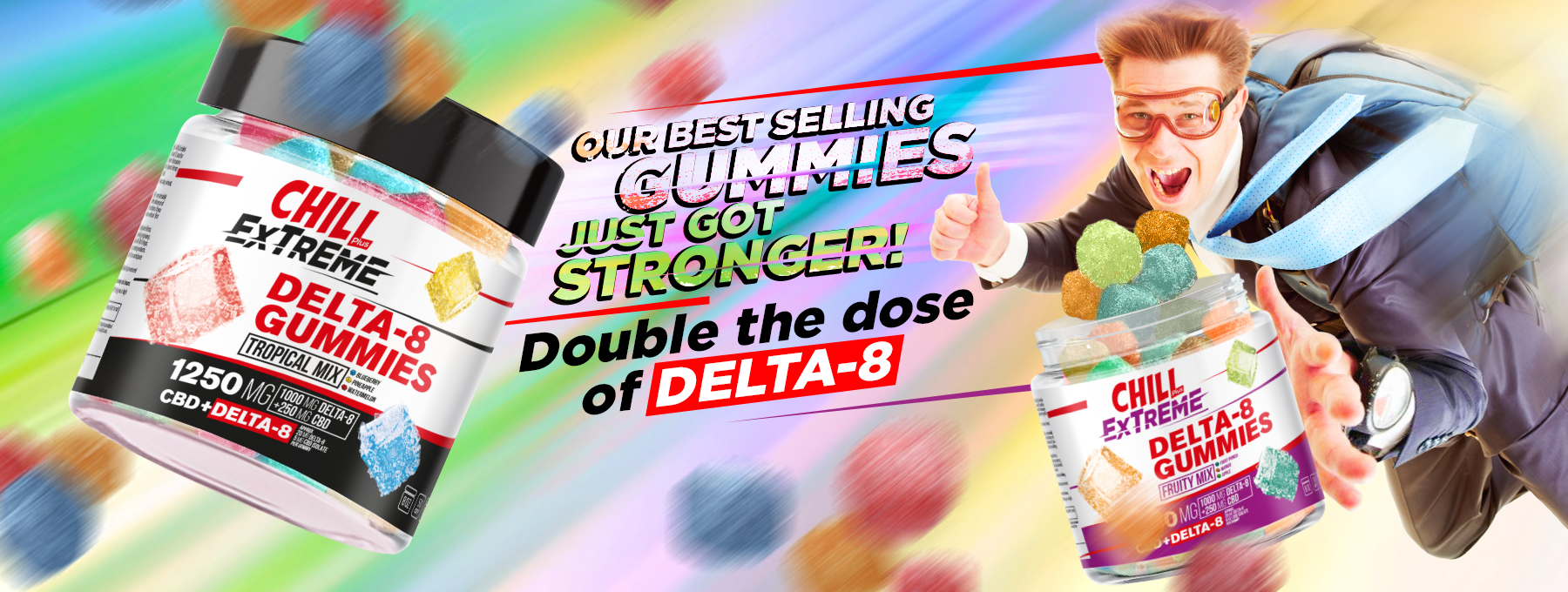CBD Flowers
CBD (cannabidiol) has gained remarkable popularity in recent years for its potential therapeutic benefits and non-intoxicating properties. Among the various CBD products, CBD flower has emerged as a subject of intrigue and confusion. CBD flower refers to the buds of the hemp plant that are rich in CBD and other beneficial compounds. While CBD is often associated with wellness and relief, the term “real weed” is frequently linked to marijuana, a cannabis plant known for its psychoactive effects. This article aims to dissect the differences and similarities between CBD flower and real weed, unraveling the intricacies of these two substances and providing clarity in a landscape marked by uncertainty.
What is CBD Flower?
CBD flower is derived from industrial hemp plants, specifically bred to contain high levels of CBD and minimal levels of THC (tetrahydrocannabinol). The extraction methods employed for CBD flower involve carefully harvesting the mature hemp buds, which are then dried and cured to preserve their cannabinoid content. These flowers contain a wide spectrum of cannabinoids, terpenes, and other beneficial compounds, collectively known as the “entourage effect.” Unlike marijuana, CBD flower has negligible levels of THC, usually less than 0.3%, ensuring that it doesn’t induce the characteristic “high” associated with THC.
CBD flower has garnered attention for its potential therapeutic uses. Users have reported using it to manage stress, anxiety, pain, inflammation, and even sleep disorders. Its versatility extends to various consumption methods, including smoking, vaping, and cooking, making it a convenient choice for those seeking natural alternatives.
Despite its health benefits, the legality of CBD flowers varies across regions. In the United States, for instance, the 2018 Farm Bill legalized hemp-derived CBD products with less than 0.3% THC. However, it’s crucial to check local regulations before purchasing or using CBD flowers.
Check out these products:
Hemp Flower Effects
Hemp flower, derived from the cannabis plant but containing very low levels of the psychoactive compound THC (tetrahydrocannabinol), is often used for its potential therapeutic effects. The primary active compounds in hemp flower are cannabinoids, terpenes, and other phytochemicals. Here are some potential effects of hemp flower:
- Relaxation and Stress Relief: Many users report feeling a sense of relaxation and reduced stress after consuming hemp flower. Cannabidiol (CBD) is a major cannabinoid in hemp flower that is believed to have anxiolytic properties, which may contribute to these effects.
- Pain Management: CBD and other cannabinoids in hemp flower may have analgesic properties that can help manage various types of pain, including chronic pain, inflammation, and neuropathic pain.
- Improved Sleep: Some individuals use hemp flower to improve sleep quality and address insomnia. CBD and other cannabinoids may have sedative effects that contribute to better sleep.
- Mood Enhancement: Hemp flower may have mood-enhancing effects, potentially alleviating symptoms of anxiety and depression. However, individual responses can vary, and more research is needed to fully understand these effects.
- Anti-Inflammatory Effects: Cannabinoids like CBD are thought to have anti-inflammatory properties, which can be beneficial for conditions involving inflammation, such as arthritis.
- Neuroprotective Potential: CBD has been studied for its potential neuroprotective effects, which could be relevant for conditions like epilepsy, multiple sclerosis, and neurodegenerative disorders.
- Anti-Nausea and Appetite Regulation: Some people use hemp flowers to manage nausea and stimulate appetite, especially in individuals undergoing treatments like chemotherapy.
- Support for Mental Health: Hemp flower’s potential impact on the endocannabinoid system may influence various aspects of mental health, such as mood regulation, anxiety reduction, and stress management.
- Anti-Seizure Effects: CBD has gained attention for its potential anticonvulsant effects, leading to the development of the CBD-based medication Epidiolex for certain types of epilepsy.
- Cognitive Function: Some research suggests that CBD may enhance cognitive function and provide neuroprotective benefits, although more studies are needed in this area.
It’s important to note that individual responses to hemp flower can vary based on factors like dosage, genetics, overall health, and personal tolerance. Additionally, the regulatory landscape around hemp and CBD products can vary by region, so it’s essential to be aware of the legal status and regulations in your area before using these products.
What is Real Weed (Marijuana)?
Marijuana, often referred to as “real weed,” is a cannabis plant that contains substantial levels of THC, the psychoactive compound responsible for the euphoric sensations commonly associated with marijuana use. Unlike CBD flower, marijuana has been cultivated for its potent psychoactive effects, which can alter perception, mood, and cognition. This plant has a rich history of both medical and recreational use, dating back centuries.
The medical applications of marijuana are well-documented, with THC being utilized to manage pain, nausea, muscle spasms, and certain medical conditions. However, due to its psychoactive properties, marijuana is subject to stricter legal regulations in many places. While an increasing number of regions are legalizing both medical and recreational marijuana, its status remains a topic of debate and varies significantly across different jurisdictions.
CBD Flower vs Real Weed
Chemical Composition
CBD flower and real weed possess distinct chemical compositions, primarily attributed to their varying levels of cannabinoids. CBD flower is characterized by its high CBD content and minimal THC content. This means that while CBD offers potential therapeutic benefits without inducing a high, the THC content in CBD flower is insufficient to produce psychoactive effects.
On the other hand, real weed contains higher levels of THC, the compound responsible for its psychoactive nature. The combination of THC and other cannabinoids in marijuana contributes to its mind-altering effects. It’s important to note that the ratio of CBD to THC in each plant dictates their individual effects and potential applications.
Psychoactive Effects
The psychoactive effects of these substances hinge on their cannabinoid composition. THC, abundant in marijuana, directly interacts with the endocannabinoid system in the brain, leading to altered perceptions, mood changes, and a euphoric high. In contrast, CBD has a minimal affinity for the CB1 receptors responsible for these effects, resulting in its non-psychoactive nature. This property of CBD makes it an appealing option for those seeking relief without the mind-altering consequences associated with THC.
Consumers of real weed should be aware of potential side effects, which can include anxiety, paranoia, impaired memory, and coordination issues. CBD flower, due to its low THC content, generally carries fewer risks of inducing these adverse effects.
Medical and Therapeutic Uses
CBD flower and marijuana share some common medical applications, but their divergent cannabinoid profiles lead to different therapeutic outcomes. CBD has gained recognition for its potential to alleviate anxiety, stress, pain, inflammation, and even epilepsy. It’s also being explored for its possible benefits in managing neurodegenerative disorders and supporting overall wellness.
Marijuana’s medical uses, often attributed to its THC content, encompass pain management, nausea reduction in chemotherapy patients, appetite stimulation in HIV/AIDS patients, and muscle spasm relief in multiple sclerosis. However, the high THC content in marijuana can limit its use due to potential psychoactive effects, particularly in individuals who are sensitive to THC’s mind-altering properties.
Legality and Regulation
The legal landscape surrounding CBD flower and marijuana is complex and varies across countries and states. In many places, the legalization of hemp-derived CBD products with minimal THC content has led to increased acceptance of CBD flowers. This is especially true in regions where CBD is used for its potential health benefits and doesn’t induce a high.
Marijuana, with its higher THC content, remains subject to stricter regulations. While some areas have embraced medical and recreational marijuana use, others maintain stringent prohibitions due to concerns about its potential for abuse and the associated psychoactive effects.
The evolving legal status of both substances has significant implications for industries, agriculture, healthcare, and taxation. The emerging trend of legalization is driving research and sparking conversations about responsible use, quality control, and consumer education.
Similarities Between CBD Flower and Real Weed

Entourage Effect
Both CBD flower and real weed exemplify the entourage effect, a phenomenon in which the various compounds in the cannabis plant interact synergistically to enhance their individual effects. While CBD flower boasts a range of cannabinoids and terpenes that contribute to its therapeutic potential, real weed contains THC alongside other cannabinoids, producing its characteristic high.
The interaction between these compounds can result in enhanced therapeutic benefits. Some users prefer CBD flower for its potential to provide relief without intoxication, while others seek the combined effects of CBD and THC for a broader spectrum of benefits.
Consumption Methods
CBD flower and real weed share common consumption methods, including smoking, vaporizing, and even using them in cooking or infusions. Smoking or vaporizing the flowers allows for quick absorption of cannabinoids into the bloodstream through the lungs, resulting in rapid effects. However, these methods may not be suitable for individuals with respiratory issues.
Dosage and precautions differ between the two substances. With CBD flower, users can enjoy its potential benefits without the intense psychoactive effects of THC. Real weed, on the other hand, requires careful dosing to avoid excessive intoxication, especially for those who are new to its effects.
User Experience
The user experience with CBD flowers and real weed varies significantly due to their distinct effects. Users of CBD flowers typically report feelings of relaxation, reduced anxiety, and improved focus without feeling impaired. It offers a gentle sense of well-being without the intense high associated with THC.

Conversely, real weed users experience the classic THC-induced high, characterized by altered sensory perceptions, euphoria, and heightened creativity. However, this can also lead to the aforementioned adverse effects like anxiety and paranoia, particularly in individuals predisposed to these reactions.
Individual preferences play a substantial role in determining which substance aligns better with a person’s goals and tolerance for potential side effects.
Conclusion

Understanding the differences and similarities between CBD flower and real weed is pivotal in making informed choices about their use. CBD flower offers a range of potential therapeutic benefits without inducing intoxication, making it a valuable option for individuals seeking relief without the psychoactive effects of THC. Real weed, with its higher THC content, can provide a mind-altering experience that may be sought after for recreational or specific medical purposes.
As the popularity of CBD products and marijuana continues to grow, responsible consumption becomes paramount. Whether opting for CBD flower or real weed, it’s crucial to be aware of local laws, dosage recommendations, potential side effects, and individual preferences. By staying informed, users can harness the benefits of these plants while minimizing risks.
If you’re intrigued by the possibilities of CBD flowers and its potential to enhance your lifestyle, I encourage you to explore the offerings of Leaf Alleviate. As a reputable provider of premium CBD products, Leaf Alleviate is dedicated to delivering natural solutions that prioritize your health and well-being. Visit our website.
FAQs
Q: Is CBD flower legal?
The legality of CBD flowers varies by location. In many places, hemp-derived CBD products with low THC content are legal, thanks to the 2018 Farm Bill in the United States. However, it’s essential to verify the legal status in your area before purchasing or using CBD flowers.
Q: Can CBD flowers get you high?
No, CBD flower contains minimal levels of THC (usually less than 0.3%), which is insufficient to induce a psychoactive high. CBD’s effects are primarily associated with relaxation, stress reduction, and potential therapeutic benefits.
Q: What’s the main difference between CBD flower and marijuana?
The main difference lies in their cannabinoid content. CBD flower has high CBD and low THC content, offering potential therapeutic benefits without the psychoactive effects of THC. Marijuana contains higher levels of THC, resulting in the characteristic mind-altering high.
Q: Are there any medical benefits to using CBD flowers?
Yes, CBD flower is associated with potential therapeutic benefits, including stress reduction, anxiety relief, pain management, and anti-inflammatory effects. It’s being studied for its potential applications in various medical conditions.
Q: Does CBD flower show up on drug tests?
Most standard drug tests are designed to detect THC metabolites. While the THC content in CBD flower is minimal, there’s a slight chance it could lead to a positive drug test. If you’re subject to drug testing, consider using broad-spectrum CBD products, which contain no THC.

